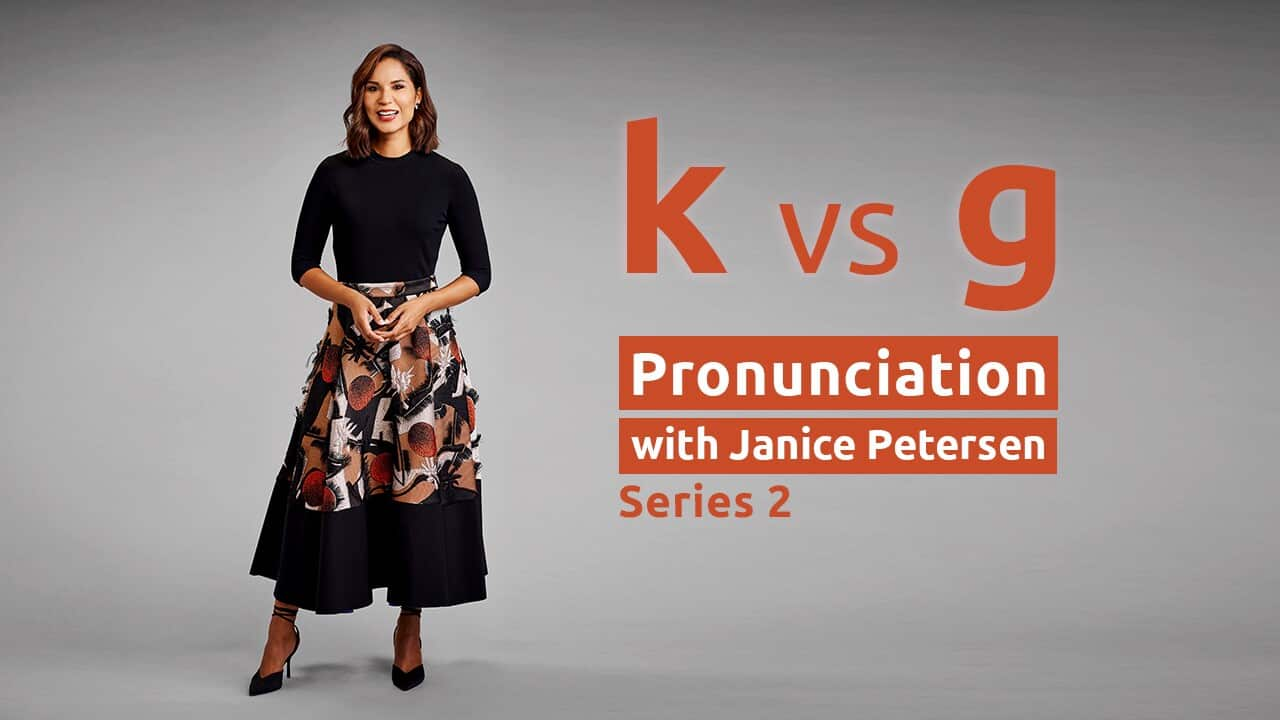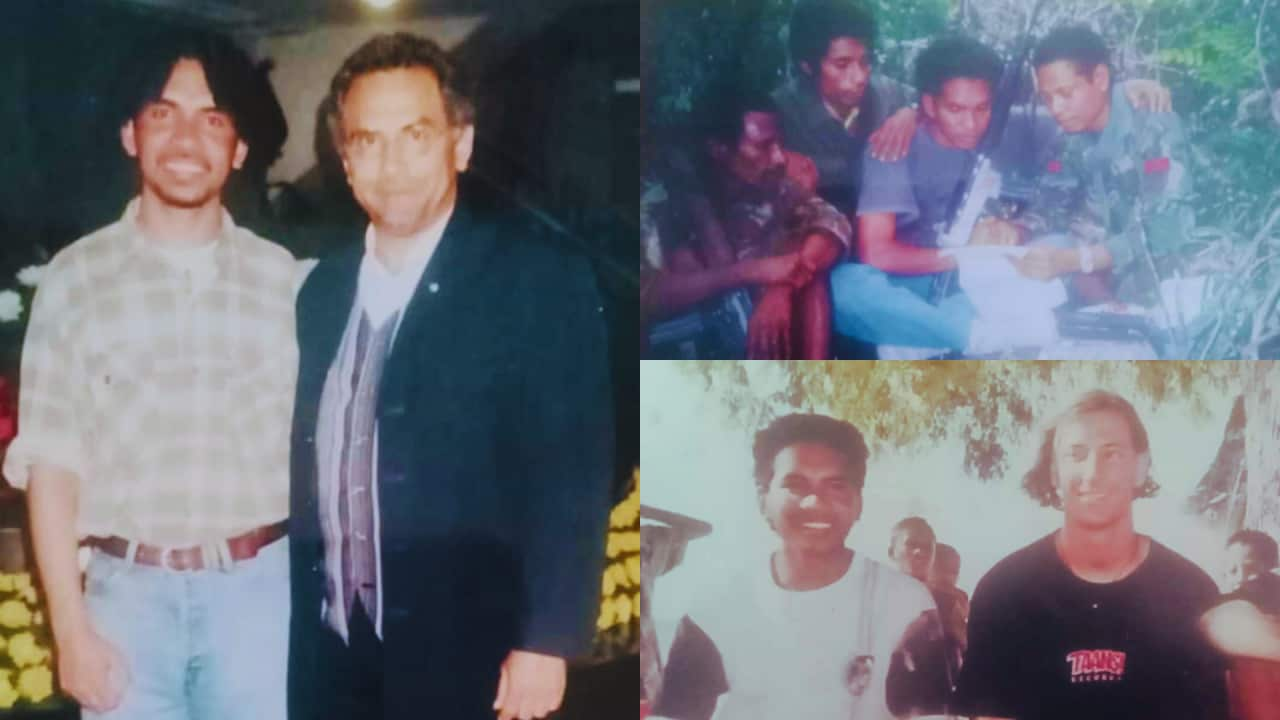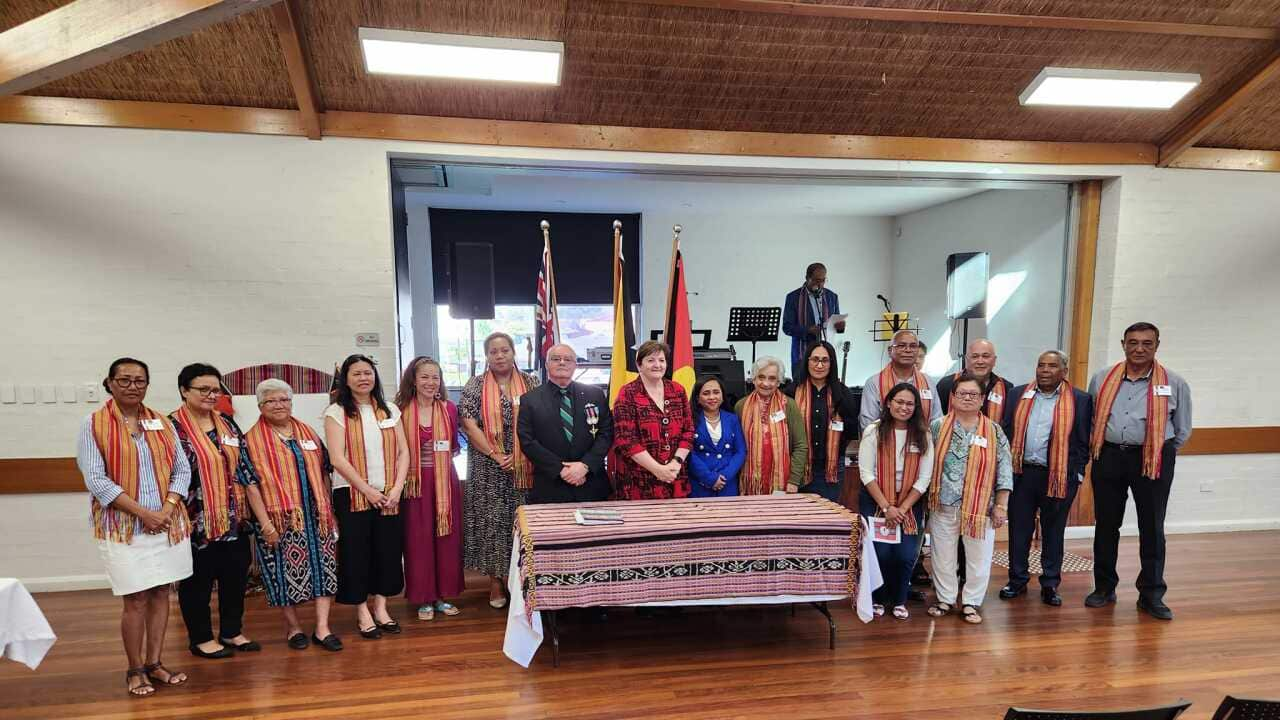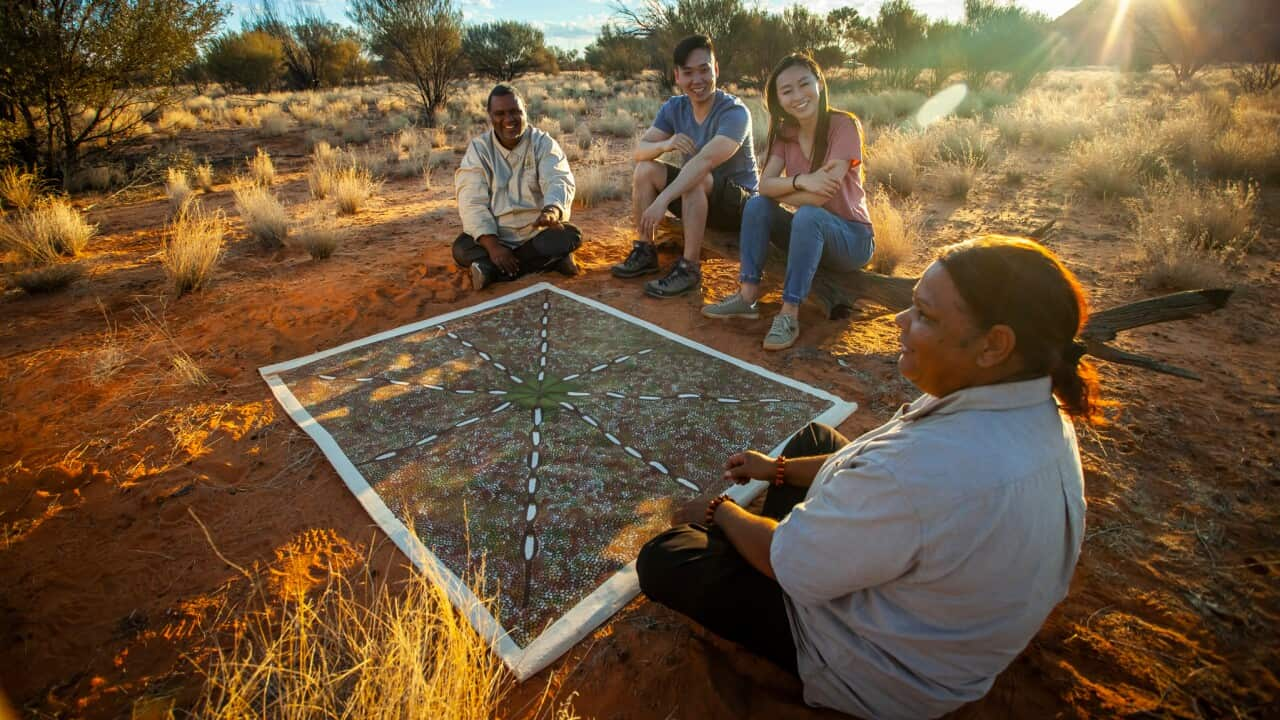Pontu Chave sira:
- Objetivu aprendizajen iha minipod ne’e bele pronunsia: k/ no /g/.
- • Influénsia lian primeiru: letra /g/ dala barak konfuza ho /k/ ba ema Vietnamese no Portuges sira. Ema Cantonese sira substitui /k/ ba /g/ wainhira iha liafuan nia rohan taka ho letra/g/ lian ne’e ba sira normalemente iha inísiu liafuan sira. Iha fali lian Swahili, /g/ pronunsia fali ba letra /k/ (la ho vibrasaun husi kordu vokál). Ema burmese pronunsia letra /k/ la iha aspirasaun (la le’e sai ka silent). Iha Bislama, /k/ hakerek no pronunsia hanesan /g/ nune'e orador sira la haketak letra hirak-ne'e.
- • Eskritura kona-ba prátika: Kookaburra tuur iha ai-knanoik tuan, Merry merry liurai husi ai-knanoik ne'e mak nia, hamnasa, Kookaburra hamnasa, Kookaburra, ó-nia moris tenke sai boot tebes. * Versikulu primeiru husi knananuk ne'e * Gay troka fali ho lian fuan “ how great”
- Minimu Par: /k/ coat, curl, class, crow, clue /g/ goat, girl, glass, grow, glue.
This lesson suits all learners at all levels.
Check out the rest of Season 2
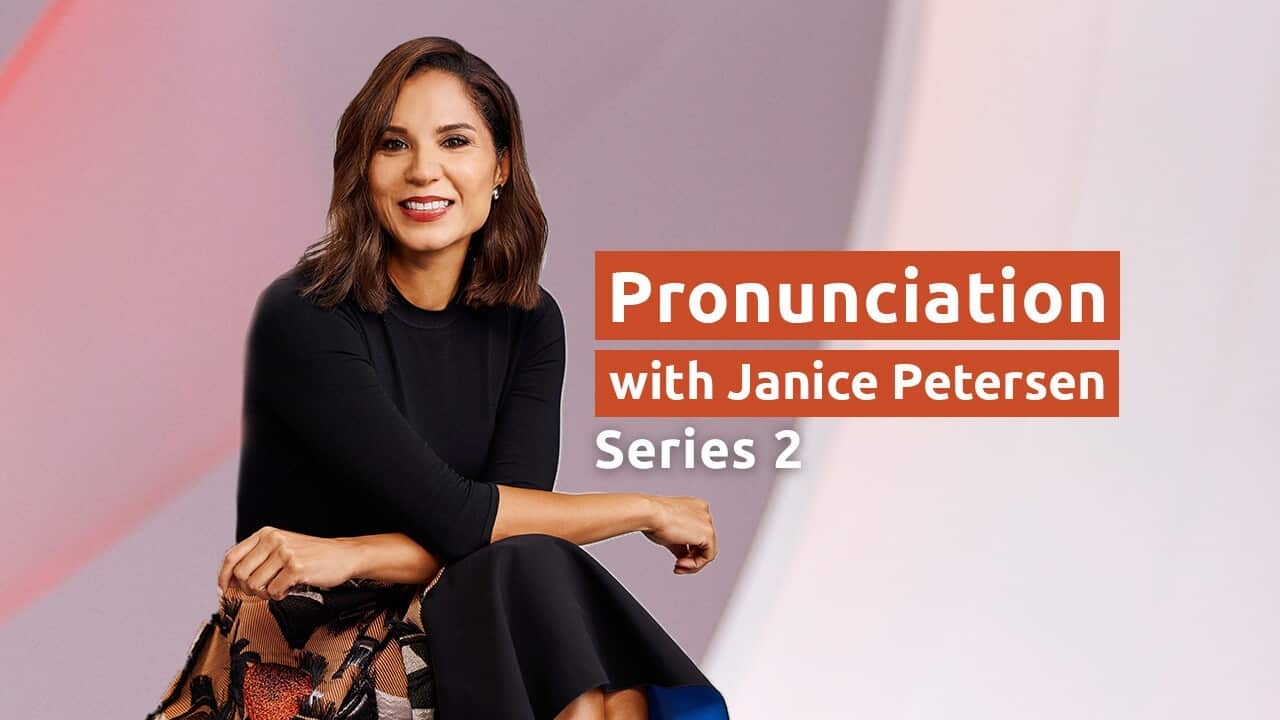
Improve your pronunciation | Season 2
If you missed the first season of our popular podcast, now's your chance to catch up!
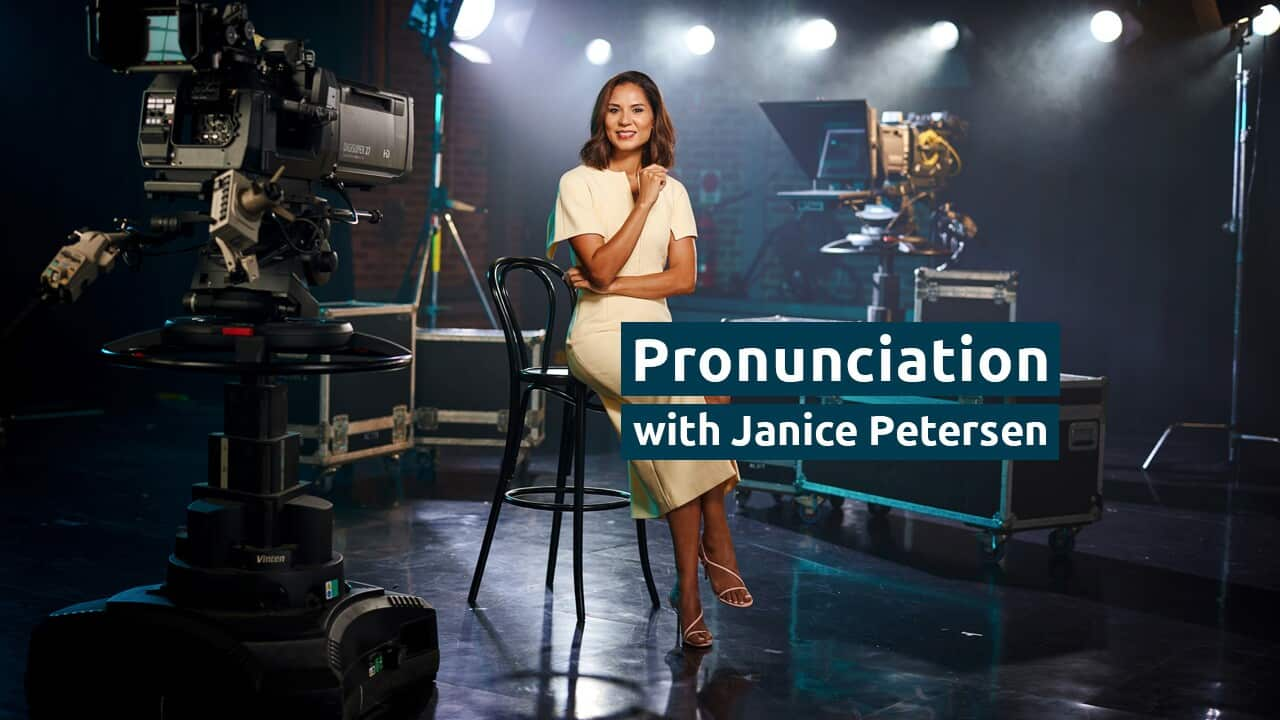
Improve your pronunciation | Season 1
Transcript:
(Note: This is not a word-for-word transcript)
Kookaburra sits in the old gum tree,
Merry merry king of the bush is he,
Laugh, Kookaburra laugh,
Kookaburra, how great your life must be.
Hi! I’m Janice Petersen, from SBS World News and in this pronunciation lesson we’ll be learning the Kookaburra Song. It was written in 1934 by Marion Sinclair and is famous in Australia.
The kookaburra is a native Australian bird that makes a very unique sound - like a person laughing.
‘Kookaburra’ starts with a /k/ [ke] sound, which can sometimes be confused with the /g/ [ge] , sound in ‘gumtree’. A gumtree is a native Australian tree, home to many animals… including the kookaburra!
Let’s start with some word pairs to see if you can hear the difference between the /k/ and /g/ sounds:
- Class, grass
- Clue, glue
- Coat, goat
- Crow, grow
These sounds are tricky because they sound similar and we make them in similar ways.
The /k/ sound is made when you keep your tongue tip down, the back of your tongue up and release a burst of air. Be careful to keep your tongue tip down because if you put it up, you’ll make a /t/ sound instead.
The /k/ sound can be spelled in different ways. Some common spellings are ‘c’ [see] as in coat, ‘k’ [kay] as in kookaburra, ck [see-kay] as in duck, and cc [see-see] as in soccer.
Let’s try practicing the /k/ sound in some of these words, you might like to repeat after me:
- Kookaburra
- Coat
- Crow
The /g/ sound is made with one important difference to /k/. Keep the back of your tongue up and your tongue tip down, then let the air build up behind the back of your tongue before you release it. Give it a try /g/ /g/ /g/.
If you’re ready, try repeating these words with me:
- Gumtree
- Goat
- Grow
You’ll know you’ve got these sounds right by lightly putting your hand on your throat. The /g/ sound will vibrate in your vocal cords, but the /k/ sound won’t.
Let’s hear how some other learners are doing.
With us today are learners from Bayside Library English class.
Who’s ready to try singing?
Children love this song too, so you might like to teach it to your kids.
CREDITS
Thanks to our educational consultant, Natalie Oostergo from IES College learners from.
